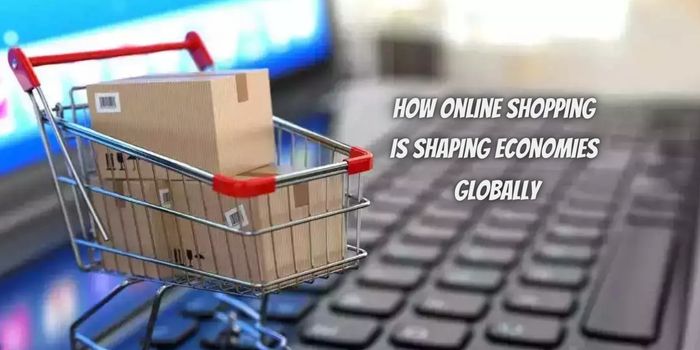The e-commerce boom has profoundly impacted global economies over the past few decades. With the proliferation of smartphones, robust internet infrastructure, and changing consumer behaviors, online shopping has become more than just a convenience; it’s an economic juggernaut. The financial ramifications of this industry reach far beyond company earnings, reshaping everything from employment sectors to global trade patterns. Let’s unpack the financial implications of e-commerce and the global transformation it’s driving.
Job Creation and the E-commerce Ecosystem
While there’s an argument that e-commerce has disrupted traditional retail, causing job losses, the counterargument is the birth of new job categories within the e-commerce ecosystem. This includes logistics, customer service, digital marketing, and tech development. Additionally, online platforms have empowered micro-entrepreneurs and SMEs, who might not have had the means to establish brick-and-mortar stores, to sell their products and services globally.
Cross-border Trade and Market Expansion
E-commerce has diminished the limitations of geographical boundaries. Companies can now sell their products across continents, leading to an increase in cross-border trade. This globalization of the market means businesses need to be culturally sensitive and regionally adaptable, understanding nuances in local demand and adjusting supply chains accordingly. Websites like Shopify have equipped businesses with tools to navigate these international waters.
The Financing Evolution
The digital revolution hasn’t just changed the way we shop but also how businesses acquire financing. Traditional financial institutions may be wary of providing 500 loans to small e-commerce startups due to perceived risks. However, alternative lenders have emerged, specializing in the nuances of e-commerce, and offering tailored financing solutions for these businesses.
Digital Infrastructure and Investment
As e-commerce grows, so does the demand for advanced digital infrastructure. This means increased investments in server farms, cybersecurity, payment gateways, and data analytics tools. These infrastructural needs pave the way for opportunities in tech industries, fostering innovation and attracting global investments.
Environmental Impact and Sustainable Practices
Online shopping means fewer people driving to stores, potentially reducing urban traffic and emissions. However, the flip side is the environmental impact of packaging and the carbon footprint of shipping goods worldwide. This has led to increased interest in sustainable practices within e-commerce, from eco-friendly packaging to carbon-neutral shipping. Platforms like EcoCart help businesses offset their carbon emissions, showing the confluence of commerce and environmental responsibility.
The Changing Landscape of Taxation
The vast and borderless nature of e-commerce poses challenges for taxation. Governments worldwide are grappling with how to tax online sales effectively. Issues of tax evasion, especially in cross-border sales, and the definition of taxable presence are hot topics. Properly addressing these concerns will ensure that e-commerce contributes fairly to national revenues.
Conclusion
The financial landscape of e-commerce is multifaceted, extending its influence beyond just sales numbers. It’s reshaping job markets, spurring innovation, driving global trade, and even compelling businesses to rethink their environmental impact. As this industry continues to grow, its economic influence will only deepen, mandating a keen understanding of its intricacies by stakeholders at every level.
For nations and businesses, the key is to harness the positives while mitigating challenges. From establishing robust digital infrastructures to evolving taxation policies, proactive adaptation is essential. Moreover, as consumers, our role in this ecosystem isn’t passive. Our shopping habits, loyalty to sustainable brands, and demand for innovation directly influence the trajectory of e-commerce and, by extension, its economic imprint on the world. In the age of digital commerce, the intertwined destinies of businesses, economies, and consumers have never been more evident.




